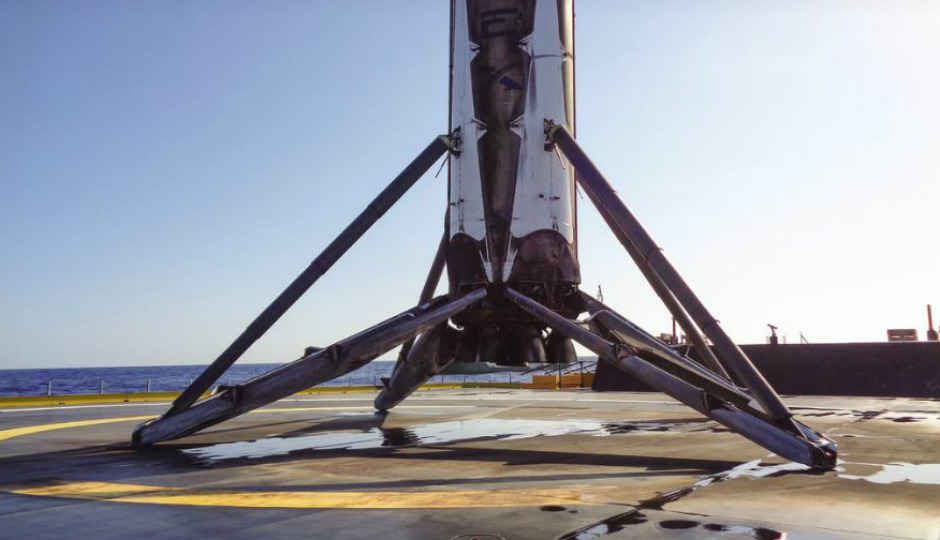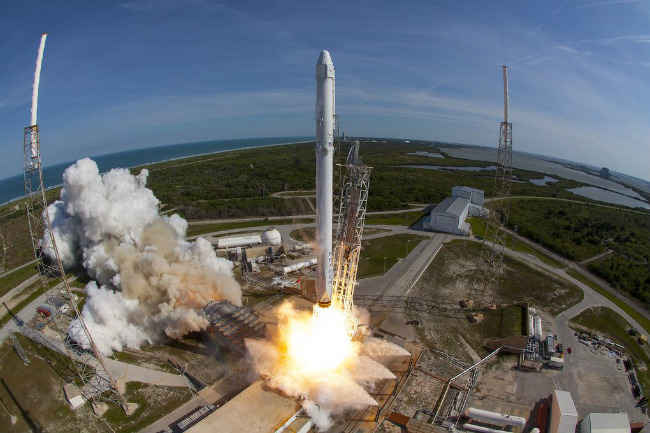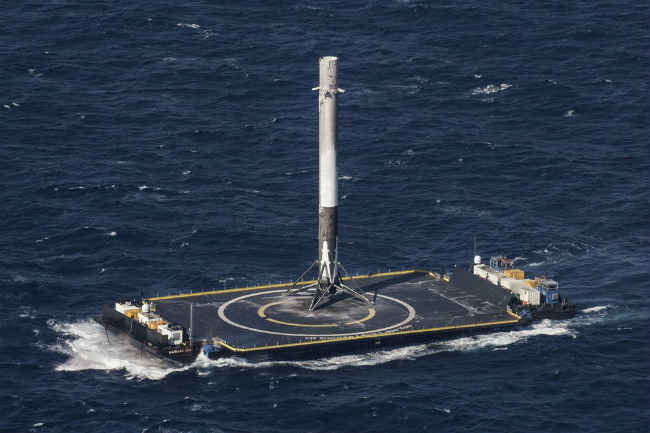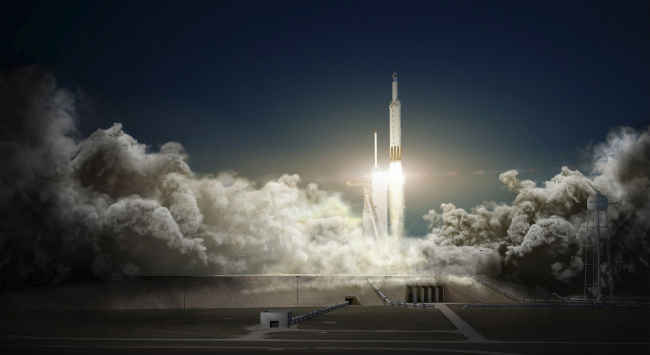SpaceX to attempt ground landing with next ISS cargo resupply

The first ground landing since December 2015.
Earlier today, NASA announced that the next cargo resupply mission headed for the International Space Station (ISS) is targeted for launch at 1:32am ET on July 16. An unmanned SpaceX Dragon shuttle, lifted by the Falcon 9 rocket, will carry standard crew supply and ISS hardware, along with the first of the two planned International Docking Adapters to ISS. While this may seem to be a near-regular duty, what makes this interesting is a report stating that SpaceX will be attempting to launch the first stage of the Falcon 9 on ground, at Cape Canaveral.
SpaceX’s very first landing attempt for its reusable rocket was also held at the same venue back in December 2015, and the successful mission gave confidence to Elon Musk and the team at SpaceX to shift the landing venue for Falcon 9 to out in the sea. Reported by The Verge, this will be SpaceX’s second ground landing, and the first one after SpaceX’s initial successful landing.
Reusable missions: The future of space travel
Following the first ever ground landing, SpaceX attempted landing the Falcon 9 rocket out in the sea. In January 2016, SpaceX came close to landing the first stage of the Falcon 9 on a drone ship in the sea, but failed as the third landing leg failed to latch properly. The following attempt in March 2016 came close, too, but the rocket came in too hard and exploded. Finally, in April 2016, the Falcon 9 rocket finally achieved a successful sea landing, completing a mission of replenishing supplies up at the International Space Station, alongside marking a historic moment of successfully completing a sea landing.
Since then, SpaceX has succeeded in making an unprecedented second successful sea landing after what possibly was its most difficult mission till date – deploying the JCSAT-14 satellite in Geosynchronous Transfer Orbit 36,000kms above the equator. The successful landing defied even Elon Musk’s rather negative expectations of a “hot and fast” landing – in other words, a crash landing.
The first successful sea landing
SpaceX’s upcoming mission coupling with an attempt to land it on the ground would be a crucial test for the safety of reusable rockets, too. Often, high waves out in the sea and difficult weather conditions can also make it difficult for rockets to make a safe landing. A ground landing, in relative terms, would make it much safer for future reusable rockets to safely accomplish manned missions. The upcoming mission will also deliver an ‘International Docking Adapter’ to the ISS – an equipment that attaches outside the ISS to facilitate commercial flights from the likes of Boeing and SpaceX itself, beginning 2017.
The upcoming ground landing will be crucial for safety
The race for making space missions more affordable has seen major activity from SpaceX. Affordable is the mainstay of the new space race, and reusable rockets running on marginal fuel expenses is expected to make future space missions much more affordable. The Indian Space Research Organisation is also gearing up to join the party, with the first demonstration flight of its Reusable Launch Vehicle ending in success in the early hours of May 23.
While SpaceX has two other missions to undertake before this one, the possible ground landing and comparable statistics with landing the shuttle out in the ocean will be crucial data for analysts to study the relative affordability.







